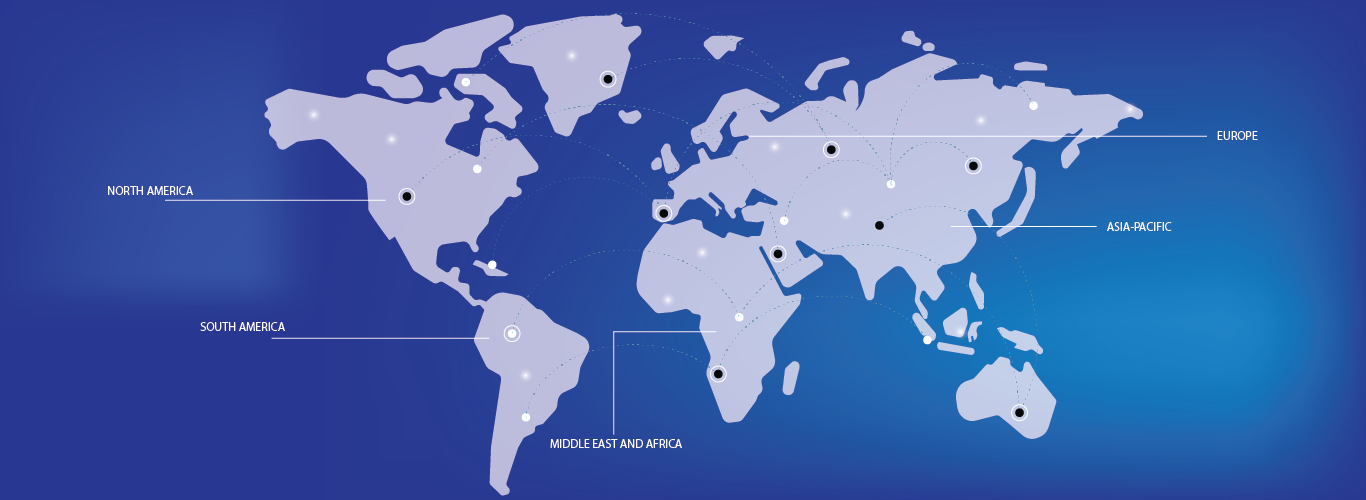The flip flops market is witnessing advancements in manufacturing methods and materials, driving its growth. One significant development is the use of eco-friendly materials such as recycled plastics, biodegradable rubber, and plant-based alternatives. These innovations cater to environmentally conscious consumers, boosting demand. Customization through 3D printing technology is also on the rise, allowing brands to offer personalized designs, sizes, and comfort levels to users.
Technological advancements in cushioning and ergonomic designs are improving user comfort, further fueling the market. Flip flops with memory foam soles or enhanced arch support are gaining popularity, especially among consumers looking for both style and foot health benefits. Furthermore, the rise of smart flip flops integrated with tracking sensors for health or navigation purposes is another emerging trend.
These advancements are expanding the market's appeal beyond casual wear, attracting more consumers interested in fitness, travel, and health applications. The growing focus on sustainability and personalized solutions, combined with innovative designs, is set to drive steady growth in the flip flops market over the coming years.




